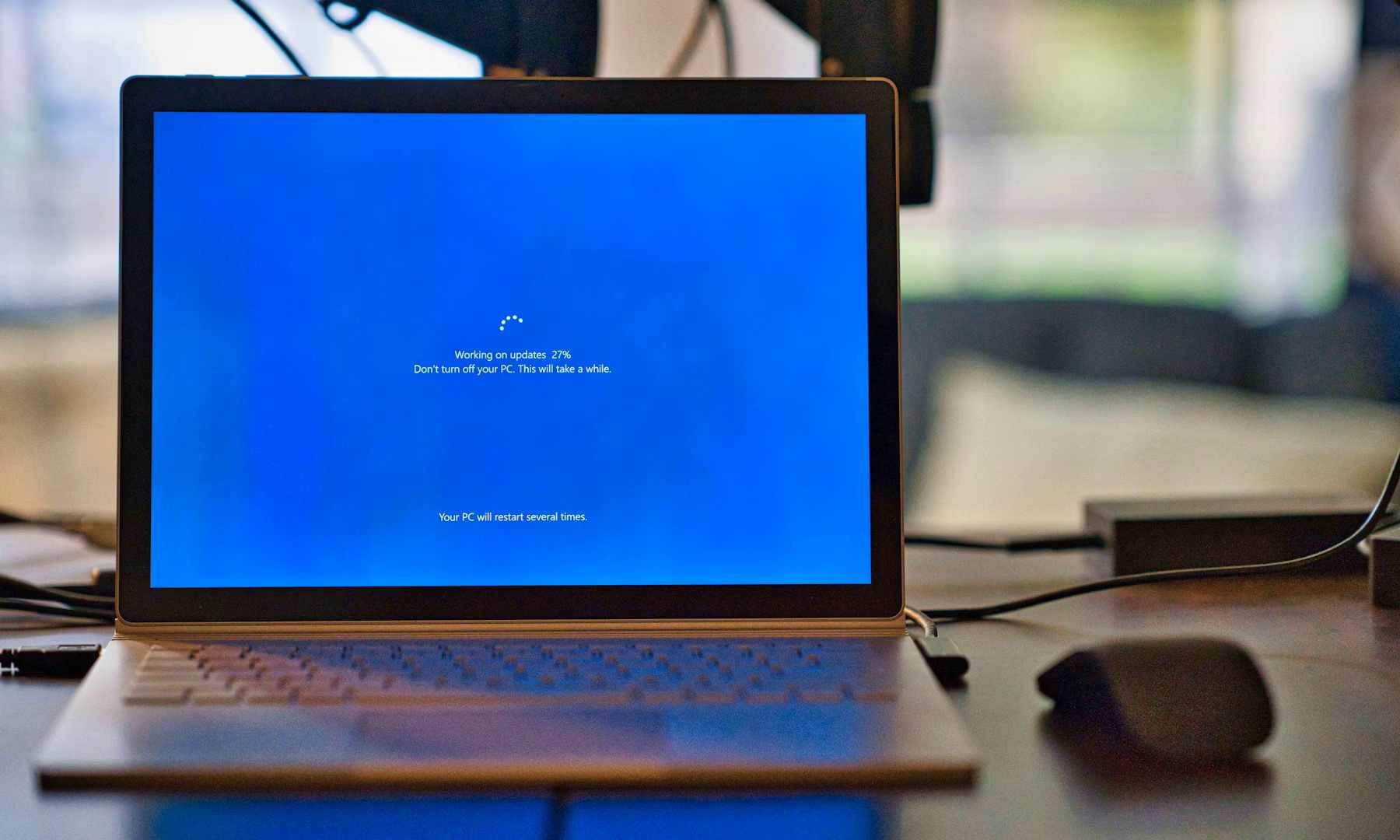Blog
Our team of expert technicians is highly skilled in IT Support ,diagnosing and fixing a wide range of computer issues, including hardware and software problems, virus removal, and data recovery and Network.
Streamlining Your IT Support: A Guide to Efficiency and Effectiveness
In the fast-paced world of technology, businesses rely heavily on their IT infrastructure to stay competitive and operational. However, managing IT support can often be a daunting task, especially for small to medium-sized enterprises with limited resources. In this blog post, we'll explore some strategies to streamline your IT support processes, enhancing efficiency and effectiveness.
1. Implement a Ticketing System: One of the most effective ways to streamline IT support is by implementing a robust ticketing system. This system allows users to submit support requests easily and enables IT personnel to track, prioritize, and resolve issues efficiently. With a centralized system in place, it becomes easier to manage workload distribution and monitor response times, ensuring that no request slips through the cracks.
2. Automate Routine Tasks: Many IT support tasks are repetitive and time-consuming. By leveraging automation tools, such as scripting and workflow automation software, you can eliminate manual intervention in routine tasks like software updates, system backups, and security patching. This not only saves time but also reduces the risk of human error, leading to a more reliable IT environment.
3. Invest in Remote Support Solutions: With the rise of remote work, providing timely support to off-site employees has become increasingly important. Investing in remote support solutions allows IT staff to troubleshoot and resolve issues remotely, without the need for physical presence. This not only saves time and resources but also improves employee productivity by minimizing downtime.
4. Proactive Monitoring and Maintenance: Rather than waiting for issues to arise, proactive monitoring and maintenance help prevent problems before they occur. By monitoring key performance indicators and conducting regular system audits, IT teams can identify potential issues early on and take corrective action proactively. This proactive approach minimizes disruptions to business operations and reduces the likelihood of critical system failures.
5. Outsource Non-Core Activities: Outsourcing non-core IT activities, such as help desk support and infrastructure management, can be a cost-effective solution for organizations with limited IT resources. By partnering with reputable managed service providers, businesses can access specialized expertise and scalable resources, allowing them to focus on their core competencies while ensuring optimal IT performance.
In conclusion, streamlining IT support is essential for maintaining a productive and resilient IT environment. By implementing the strategies outlined above, businesses can enhance efficiency, minimize downtime, and ensure that their IT infrastructure remains reliable and secure in today's digital landscape.






